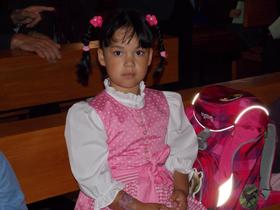We live in the misinformation and disinformation age. That applies to boarding schools as it does to anything you can think of. While I've previously written about boarding school misconceptions in Boarding School Myths, I thought it would be helpful to parents investigating sending their child to a residential school. After all, your child will hear a chorus of misconceptions on social media before you tell her the facts. That's the downside of our receiving information and opinion from social media. Journalism investigates. Social media postulates.
The History of Boarding Schools
The history of boarding schools in the United States is as complex as it is profound. They originated in the colonial period, but their importance grew significantly during the 18th and 19th centuries. The first boarding schools were established by religious groups aiming to provide education to the children of the wealthy elite, often integrating religious teachings with a more traditional curriculum. Many of these early boarding schools were single-gender institutions, instilling a rigidly structured environment that shaped young people according to the societal expectations of the time.
President George Washington visited the Academy during its first year, and spoke in 1789 as part of his tour of New England.
Source: History of Phillips Andover Academy
The 19th century saw the emergence of Native American boarding schools, a less lauded chapter in the history of boarding schools in the U.S. This system was an attempt by the U.S. government to assimilate Native American

















